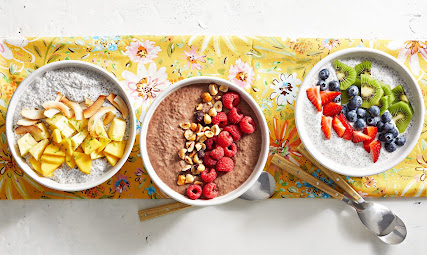Beetroot juice, derived from the vibrant red root vegetable, has gained significant popularity in recent years due to its numerous health benefits and nutritional richness. Packed with essential vitamins, minerals, and antioxidants, beetroot juice offers a range of advantages that contribute to overall well-being. Here are ten compelling reasons why you might want to consider incorporating beetroot juice into your diet:
1. Rich in Nutrients
Beetroot juice is a powerhouse of essential nutrients like vitamins (A, C, K, and B-complex), minerals (iron, manganese, potassium, magnesium), and dietary fiber. These nutrients play crucial roles in maintaining various bodily functions, from immune support to bone health.
2. Heart Health
Studies suggest that beetroot juice can help lower blood pressure due to its high nitrate content. Nitrate is converted into nitric oxide in the body, which helps relax and dilate blood vessels, improving blood flow and reducing the risk of cardiovascular diseases.
3. Improved Exercise Performance
Athletes often use beetroot juice as a natural ergogenic aid. The nitric oxide generated from beetroot juice consumption enhances oxygen uptake and utilization during exercise, potentially improving stamina and endurance.
4. Detoxification and Liver Health
Beetroot juice contains betaine, a compound that supports liver function and helps the body detoxify by promoting the elimination of toxins. This can aid in maintaining a healthy liver and overall detoxification processes.
5. Anti-Inflammatory Properties
The antioxidants in beetroot juice, such as betalains, possess anti-inflammatory properties that may help reduce chronic inflammation in the body. This can potentially alleviate symptoms of conditions like arthritis and support overall joint health.
6. Digestive Health
The fiber content in beetroot juice promotes digestive regularity and supports a healthy gut microbiome. It aids in preventing constipation and promotes the growth of beneficial gut bacteria, contributing to improved overall digestion.
7. Cognitive Function
Studies suggest that the nitrates in beetroot juice can improve blood flow to the brain, enhancing cognitive function and possibly delaying the onset of dementia in older adults. Regular consumption may support brain health and cognitive performance.
8. Skin Health
The combination of vitamins and antioxidants in beetroot juice can contribute to healthy, glowing skin. These nutrients help combat oxidative stress and promote skin cell regeneration, potentially reducing signs of aging and improving skin complexion.
9. Weight Management
Beetroot juice is low in calories but high in nutrients and fiber, making it a great addition to a weight management plan. The fiber helps you feel fuller for longer, reducing overall calorie intake and supporting healthy weight loss or maintenance.
10. Boosts Immunity
With its rich array of vitamins and antioxidants, beetroot juice can strengthen the immune system. It supports the body's natural defense mechanisms, helping to ward off infections and illnesses.
How to Incorporate Beetroot Juice into Your Diet
Adding beetroot juice to your daily routine can be as simple as juicing fresh beetroots or purchasing bottled beetroot juice from health food stores. You can also blend beetroot into smoothies or incorporate it into salads for a nutritious boost. However, it's essential to note that beetroot juice is potent and can stain clothes and surfaces, so handling it carefully is advisable.
In conclusion, beetroot juice offers a myriad of health benefits that make it a valuable addition to a balanced diet. Whether you're looking to improve heart health, enhance exercise performance, or boost your overall well-being, beetroot juice provides a natural and delicious way to support your health goals. Embrace the vibrant benefits of beetroot juice and enjoy a healthier, more energized lifestyle!


















.png)


.jpg)
.jpg)



.jpg)


.png)





.jpg)
.png)
.jpg)








